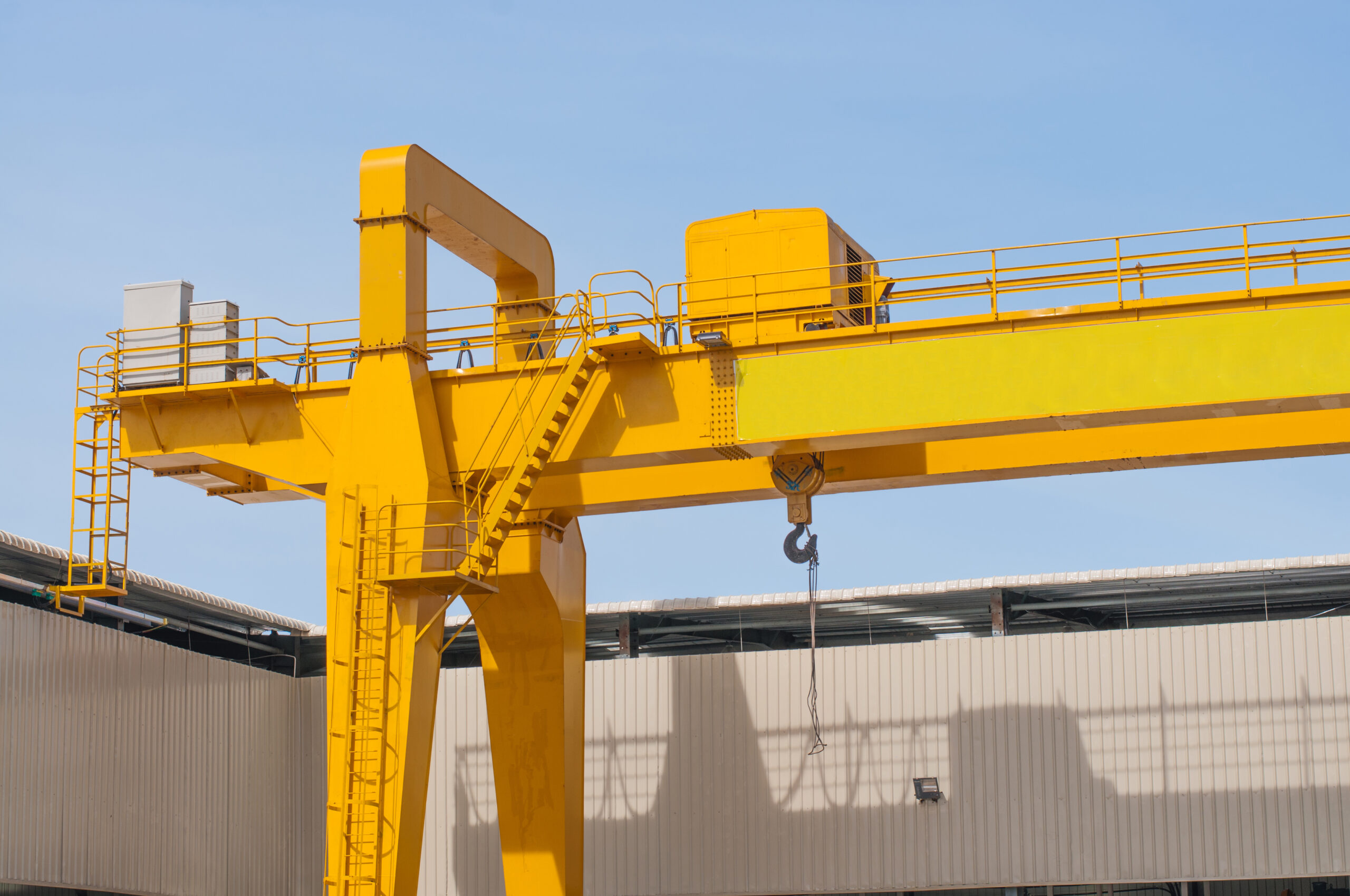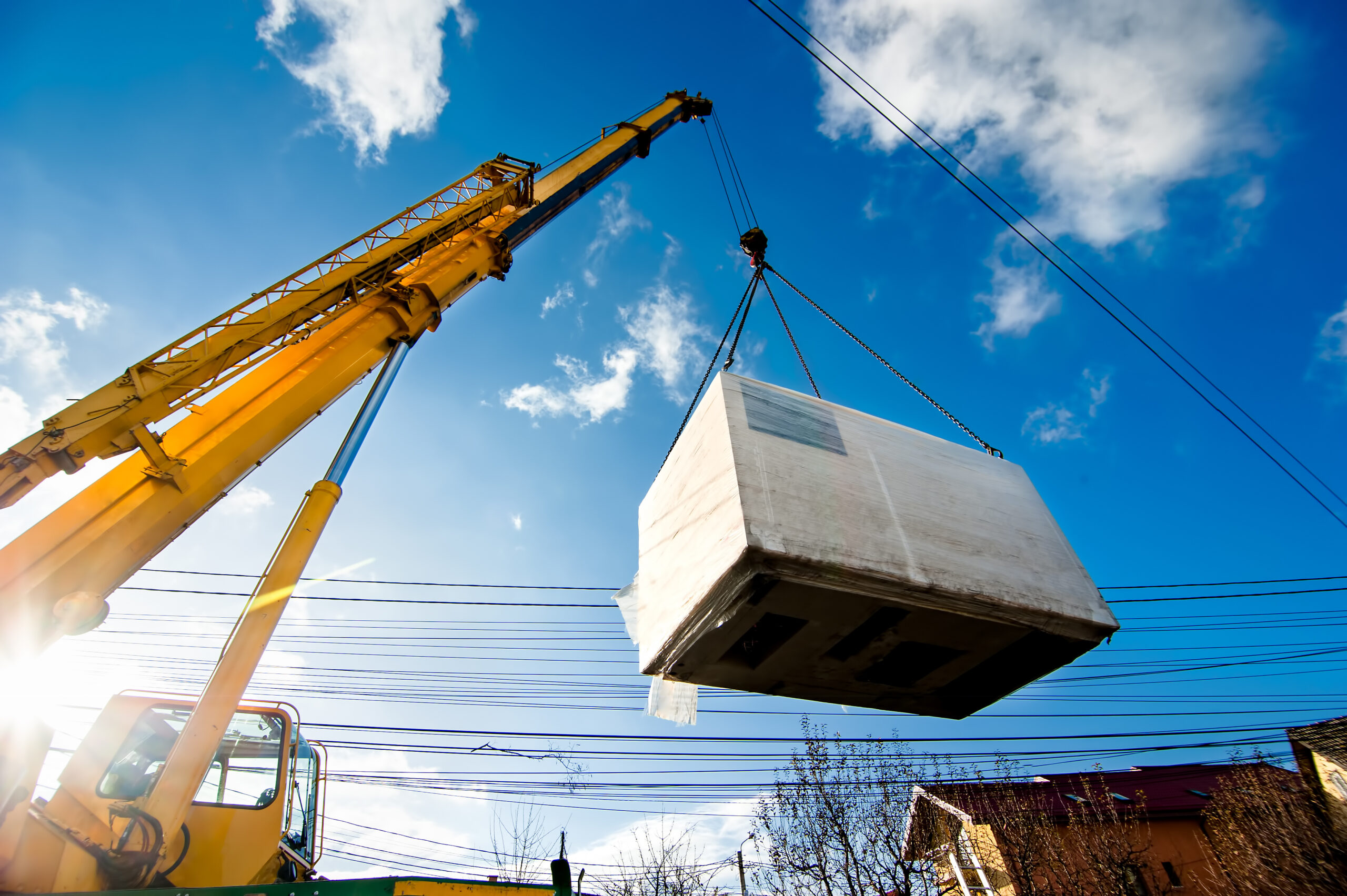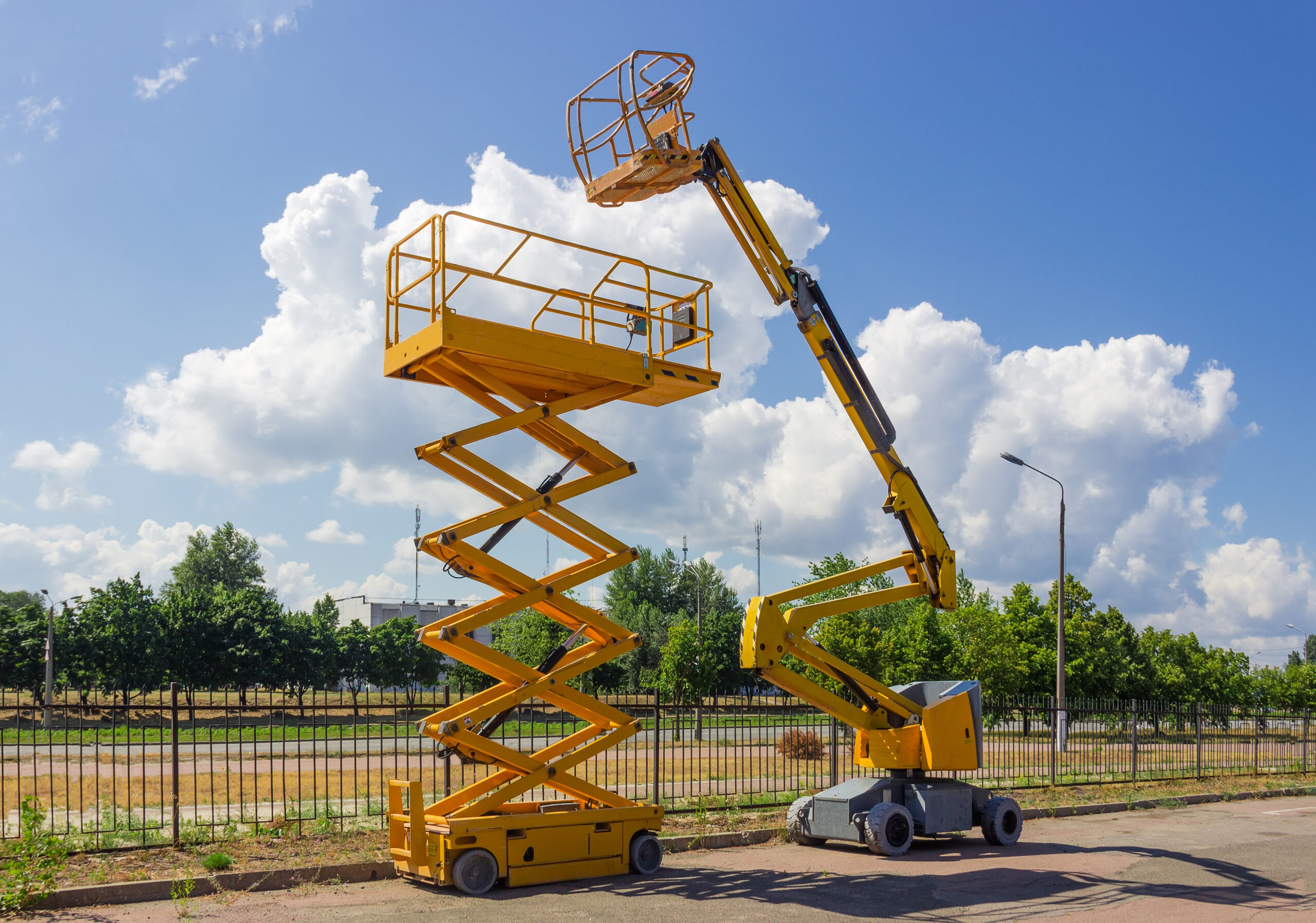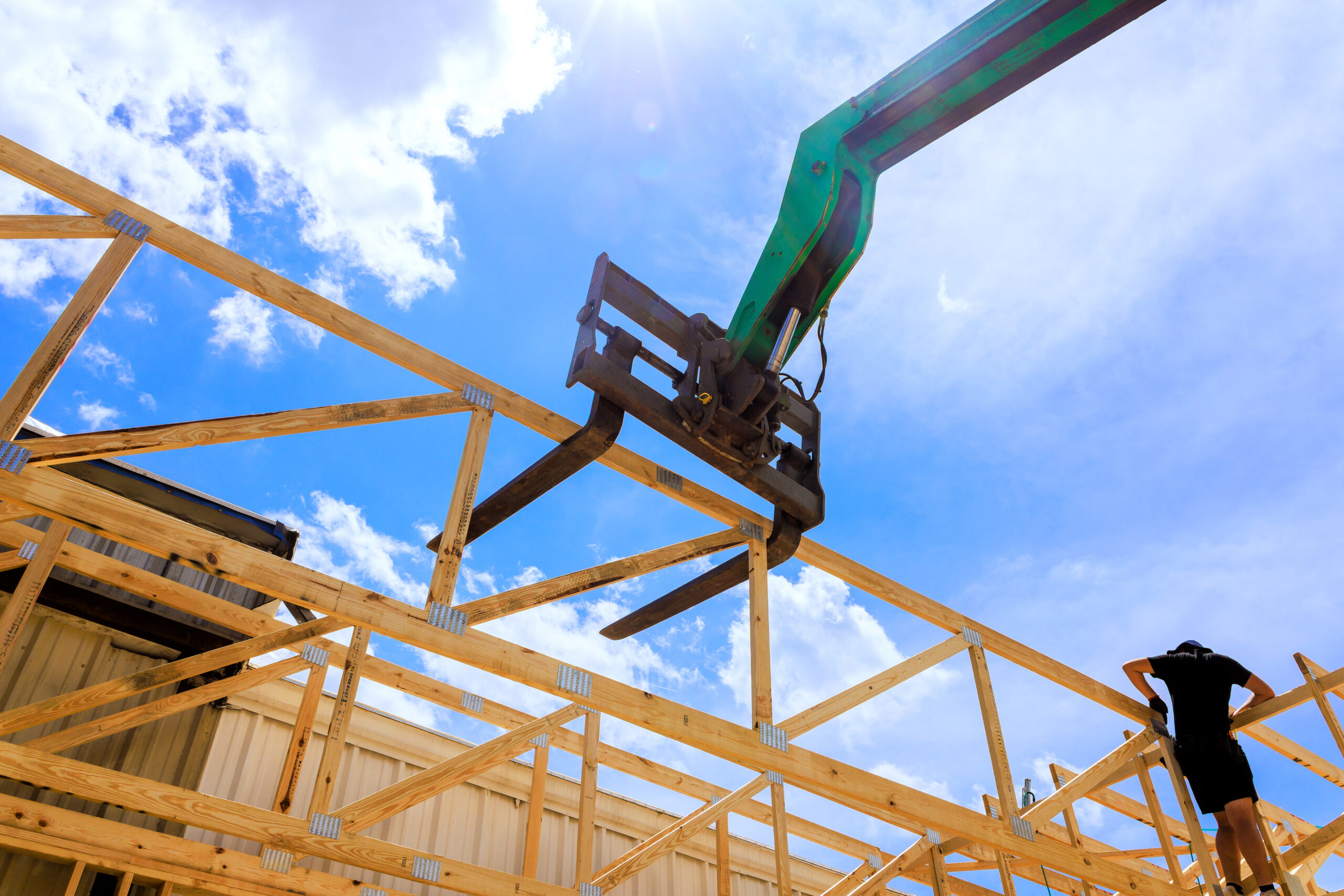
Understanding Gantry Crane Weight Limits
When it comes to lifting heavy materials on a job site or in a warehouse, gantry cranes are some of the most reliable tools in the industry. However, one question that often comes up is, “What can a gantry crane lift?” The answer depends on a variety of factors, including the crane’s design, capacity, and setup. Knowing the gantry crane weight limits is crucial for safe and efficient operation. At American Erecting & Ironworks, we prioritize safety and precision with every lift, helping businesses across Wisconsin and parts of Illinois understand and meet their lifting needs.
Gantry cranes are known for their versatility and are commonly used for moving loads in places that do not allow for permanent crane installations. Whether it’s loading heavy machinery onto a trailer or lifting steel beams into place, understanding a gantry crane’s weight limit ensures the job is not only done correctly but also safely.
What Factors Determine Gantry Crane Weight Limits?
Design and Material
The materials used to build a gantry crane—whether steel or aluminum—can significantly impact how much weight it can handle. Steel gantries support heavier loads, while aluminum models are lighter and more portable but generally support less weight. At American Erecting & Ironworks, we use high-quality, well-maintained cranes to match the project requirements, offering both mobility and strength.
Crane Classification
Gantry cranes are classified by their rated load capacity. This is the maximum load the crane can lift under ideal conditions. Standard mobile gantry cranes, for instance, may range from 1-ton to 15-tons or more. However, custom-built cranes can exceed these limits if needed. It’s essential to remember that exceeding the rated weight limit is dangerous and can damage equipment or lead to accidents.
Span and Height
The width between the crane legs (span) and the height of the beam also affect the lifting capacity. A wider or taller gantry crane may be more susceptible to sway, requiring additional reinforcement or restrictions on max load. American Erecting & Ironworks uses engineering expertise to assess project needs before deploying a crane, ensuring the appropriate model is used each time.
Wheel Type and Floor Conditions
The type of wheels (steel, rubber, or pneumatic) and the condition of the ground surface can also influence the load limit. A crane operating on uneven or unstable ground may support less weight than it would on a flat, reinforced surface. This is why our crane operators at American Erecting & Ironworks conduct thorough site assessments before every lift to ensure safety and proper setup.
Additional Equipment and Accessories
Other tools like spreader bars, slings, and shackles that are used in conjunction with the crane also need to be rated for the intended load. Sometimes, even if the crane itself can handle a certain weight, the accessories being used can become a limiting factor. At American Erecting & Ironworks, we ensure every piece of equipment, including accessories, meets or exceeds project requirements and safety regulations.
Common Mistakes When Estimating What a Gantry Crane Can Lift
1. Ignoring the Manufacturer’s Guidelines
Each gantry crane comes with a specific set of guidelines from the manufacturer detailing its maximum load capacity. Ignoring these can lead to catastrophic failure. Always consult these guidelines before lifting anything heavy. At American Erecting & Ironworks, our technicians and crane operators adhere strictly to manufacturer specs and load charts on every job.
2. Misjudging Load Weight
Another frequent mistake is underestimating the weight of the load. A piece of machinery might appear lightweight but could easily top the crane’s limit. Our machinery moving team often uses certified scales and data sheets to precisely calculate weight before any lifting operation begins.
3. Improper Load Balancing
Even if the weight is within the crane’s limit, an unbalanced load can still be dangerous. Uneven weight distribution can shift during lifting, leading to equipment tipping or damage. American Erecting & Ironworks uses load-balancing tools and techniques to ensure each lift remains stable from start to finish.
4. Poor Maintenance
Worn-out wheels, damaged beams, or faulty hydraulic systems can lower the actual lifting capability. That’s why routine inspections are vital. Our fleet of cranes is kept in excellent working condition, with regular maintenance checks part of our safety strategy at AEAIWI.COM.
5. Overlooking Environmental Conditions
High winds, rain, or icy surfaces can all affect lifting operations. All environmental factors should be reviewed before performing a lift. This is standard procedure for all projects undertaken by American Erecting & Ironworks to ensure safe and compliant operations.
6. Misunderstanding Rigging Techniques
Rigging is more than just hooking a load. Incorrect rigging techniques can reduce the total lifting capacity and increase the risk of failure. American Erecting & Ironworks employs experienced riggers trained in various lifting methods so that every piece is secured and lifted the right way.
How to Stay Within Gantry Crane Weight Limits
Work with Experienced Operators
The most effective way to ensure safe crane use is to hire professionals with the right experience and training. At American Erecting & Ironworks, all of our crane operators are NCCCO certified and undergo continuous safety training. This guarantees precision and peace of mind for every lift.
Use the Right Crane for the Job
Not every crane is suitable for every lift. Understanding your project’s specific requirements—including the size and weight of the load, distance to be moved, and environmental conditions—is key. Our experts at AEAIWI.COM assess the entire scope of your project to recommend and provide the perfect crane or lifting equipment for the task.
Invest in Proper Equipment Rental
If you’re unsure which crane to use or only need one for a short time, renting is a good option. American Erecting & Ironworks offers a range of rental equipment like forklifts (with or without rigger booms), telehandlers, and boom lifts. Each piece is maintained to high standards and available on daily, weekly, or extended rental terms.
Rely on Comprehensive Planning
Avoid the dangers of last-minute decisions by planning every detail in advance. From choosing the right equipment to doing pre-lift inspections, solid planning is essential. Our team works closely with clients to form a detailed lift plan that considers every variable, including local site conditions and load requirements.
Perform Regular Load Testing
One overlooked but effective practice is load testing. Periodically testing the lifting capacity of your crane setup—including how it handles under maximum load—helps confirm it is performing safely and efficiently. At American Erecting & Ironworks, we provide load testing services to verify compliance and reliability before each major project.
About American Erecting & Ironworks
Founded in 1991, American Erecting & Ironworks is a second-generation, family-owned business based in Racine, Wisconsin. With over 30 years of experience, we’ve built a reputation for reliability, safety, and service excellence across Racine, Kenosha, Milwaukee, and parts of Lake County, Illinois.
We specialize in crane services, machinery moving, and steel erecting. Our team is committed to helping contractors, builders, and manufacturers complete complicated tasks safely and efficiently. Whether you need to move an HVAC unit, relocate a piece of heavy machinery, or lift a steel column into place, we’re here to help.
Our services include:
– Crane Services for industrial and commercial projects
– Machinery Moving with flexible scheduling, including weekends and holidays
– Equipment Rental for forklifts, telehandlers, and genie lifts
– Steel Sales of beams and columns for construction projects in Wisconsin
– Rigging and Lift Planning for large-scale and complex moves
– Site Surveys to prepare lifting equipment for unique environments
With a fleet of late-model cranes, forklifts, and trailers, we’re always ready for the next job. All work is performed by professional, NCCCO-certified operators who put safety first—every time. Clients trust American Erecting & Ironworks because we’re a local company with deep roots and a strong commitment to quality and community.
Conclusion: Safety First with Gantry Crane Weight Limits
So, what can a gantry crane lift? The honest answer is: it depends. Factors such as design, height, span, wheel types, and site conditions all play a role in determining gantry crane weight limits. The key to safe and successful lifting lies in proper planning, operator experience, high-quality equipment, and awareness of common mistakes.
American Erecting & Ironworks stands as a trusted partner in Wisconsin and Northern Illinois for all lifting and crane-related needs. When you work with AEAIWI.COM, you’re guaranteed expert guidance, top-tier equipment, and NCCCO-certified operators who value safety and precision.
Contact us today at (262) 637-7177 or visit our headquarters at 2108 Clark St, Racine, WI 53403. We’re open Monday through Friday from 7:00 AM to 4:30 PM. Learn more about our services or request a quote directly through our website at AEAIWI.COM.
When it comes to lifting heavy loads, always know your equipment—and trust the experts who do. Choose American Erecting & Ironworks for reliable, safe, and efficient crane service solutions.





